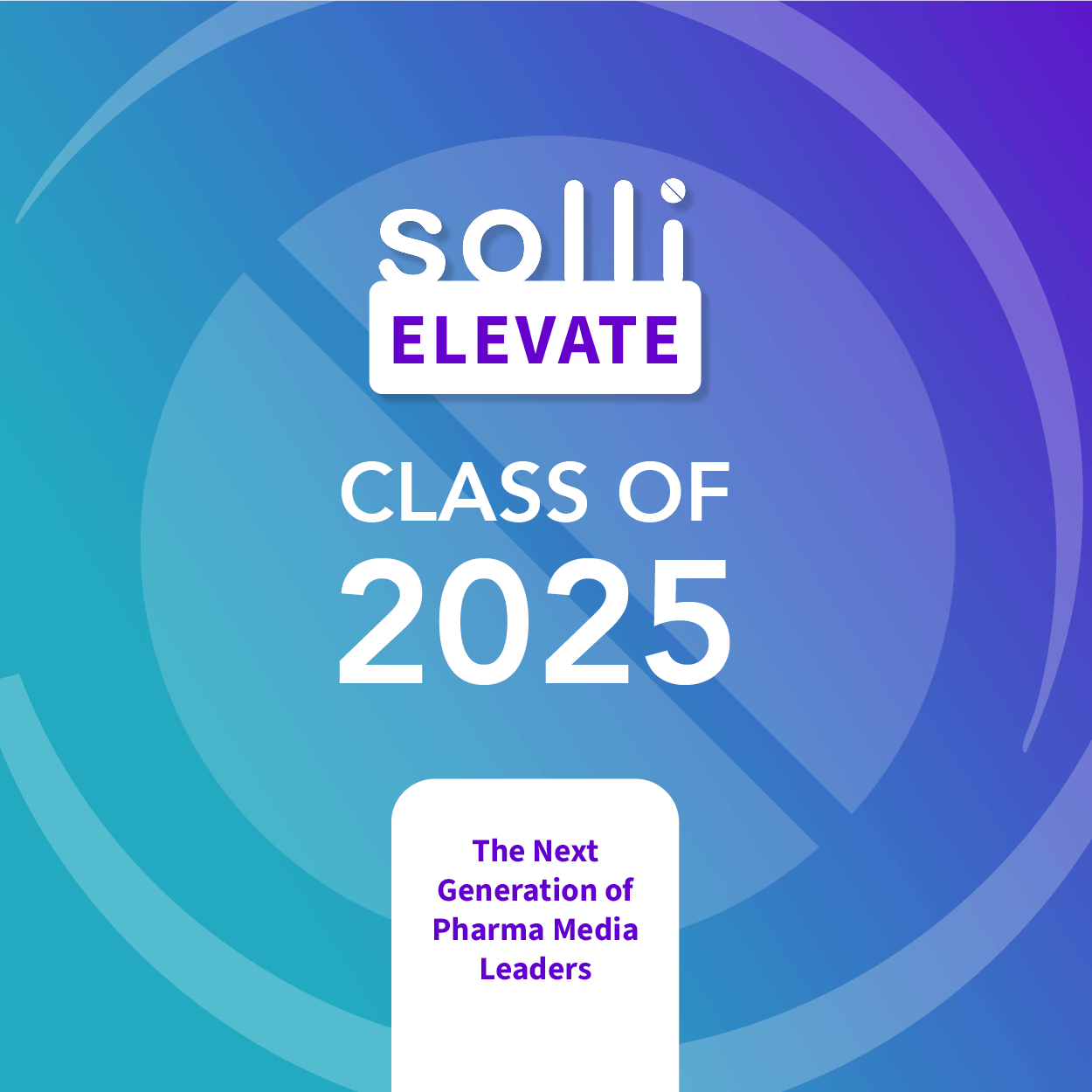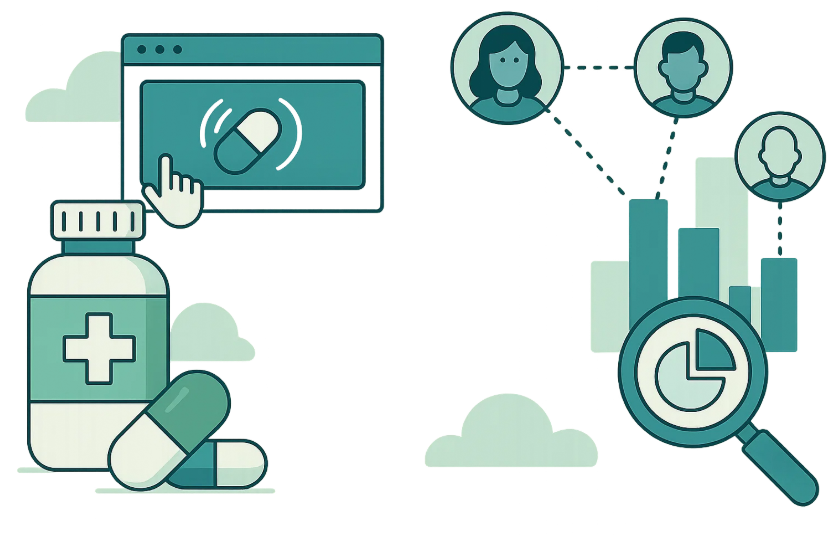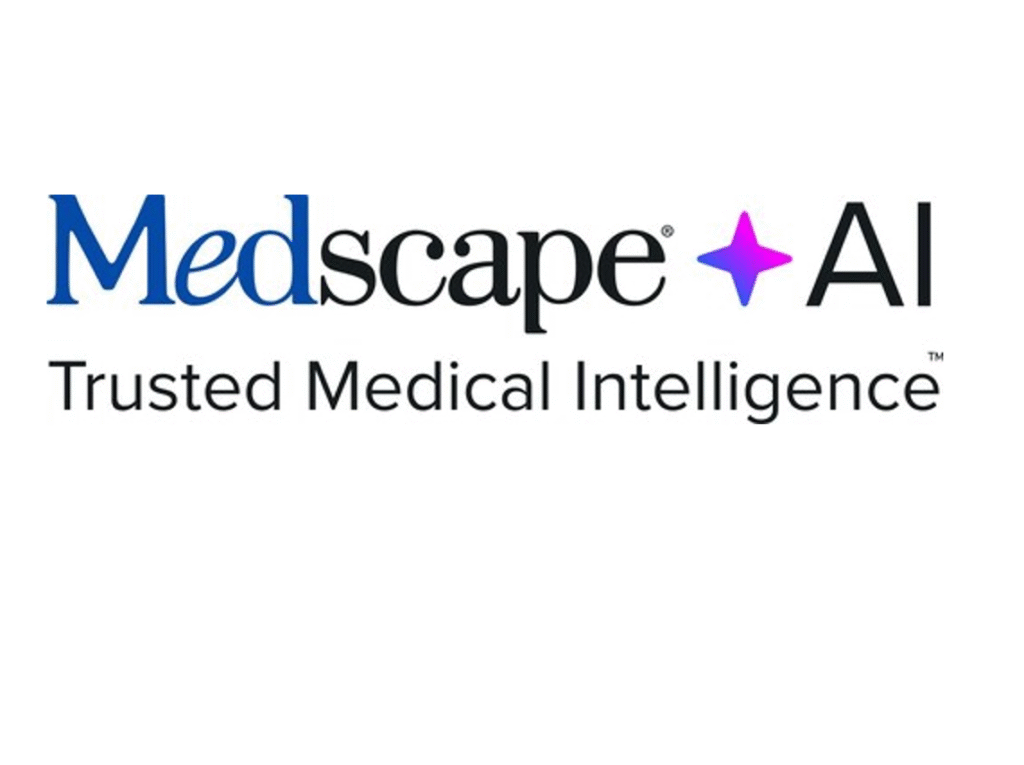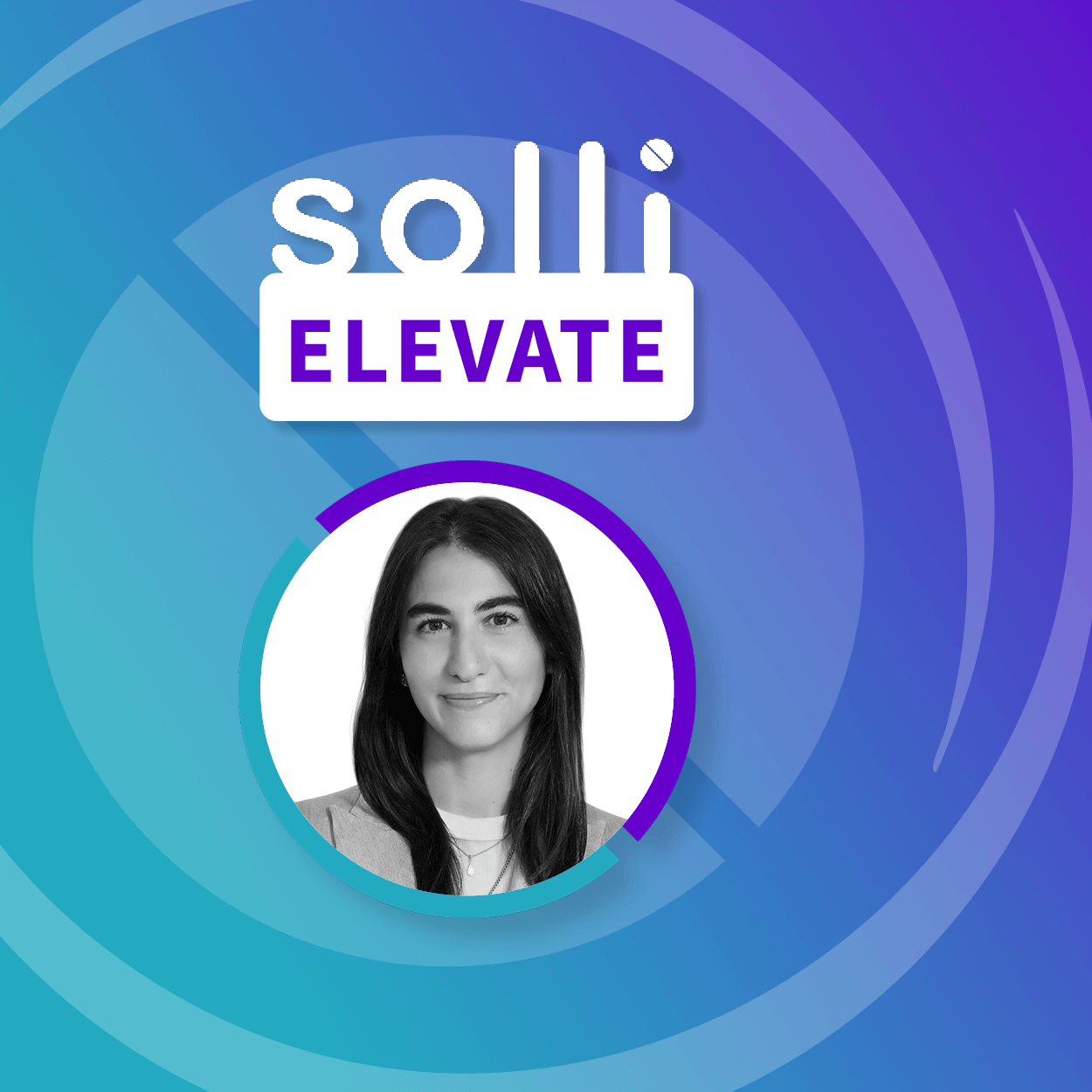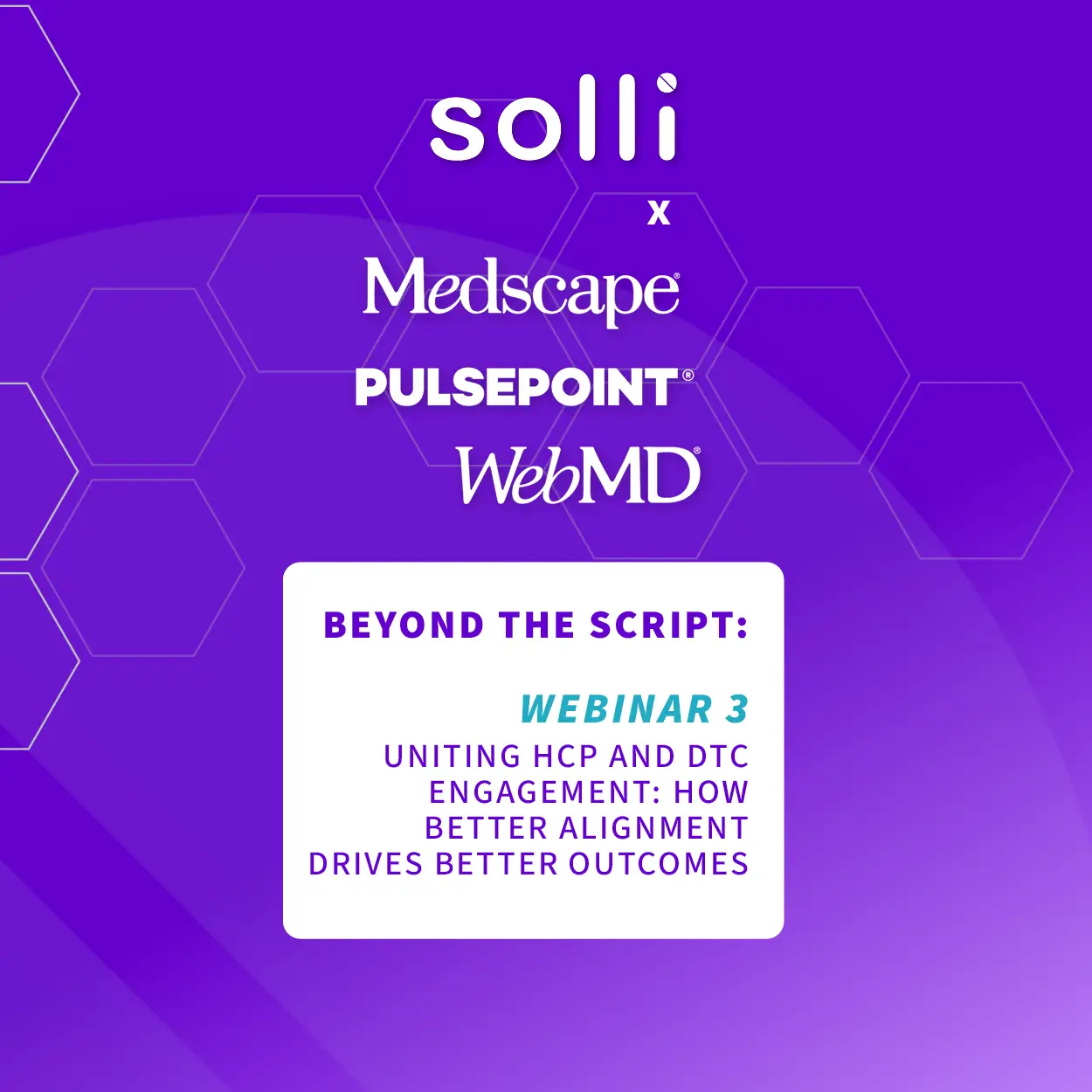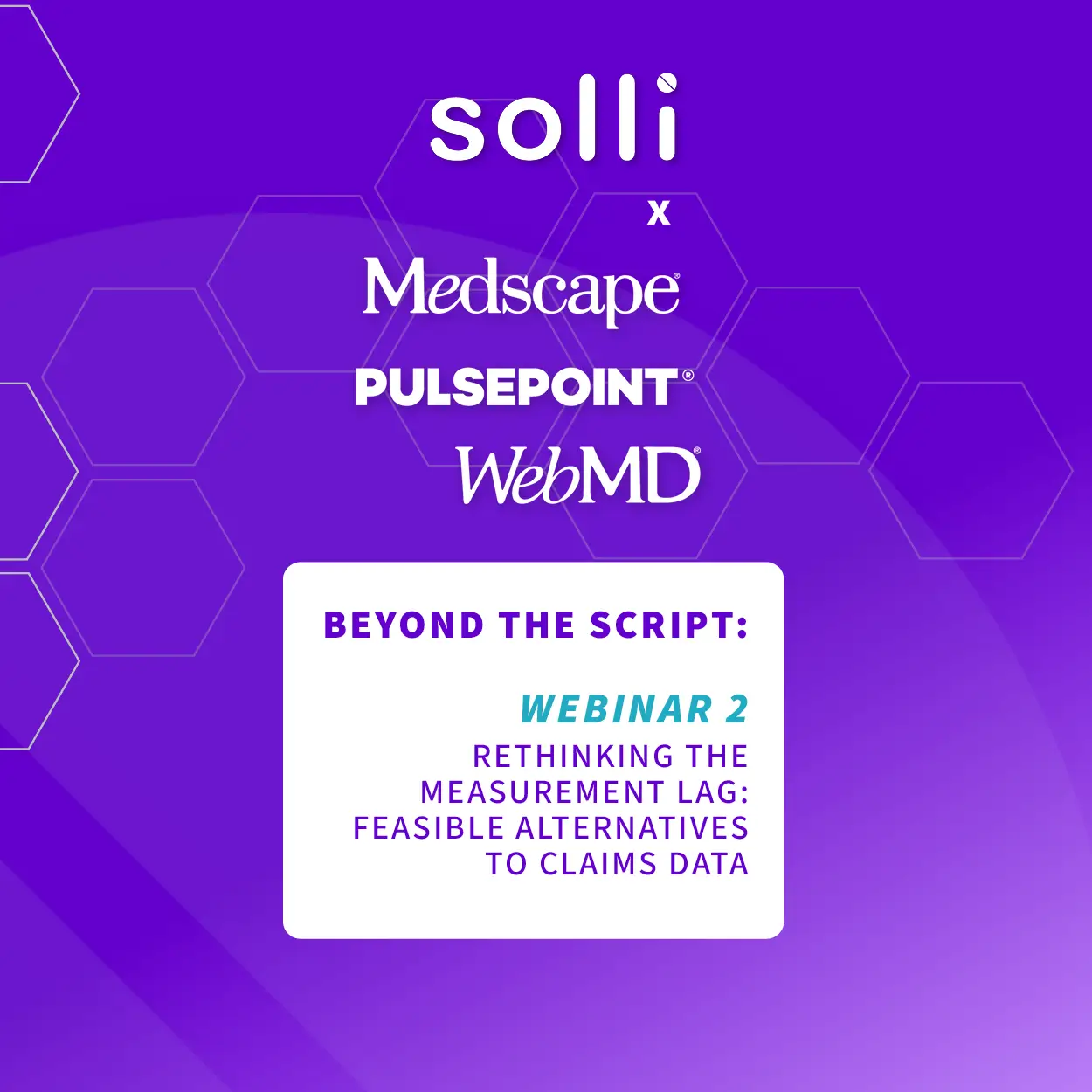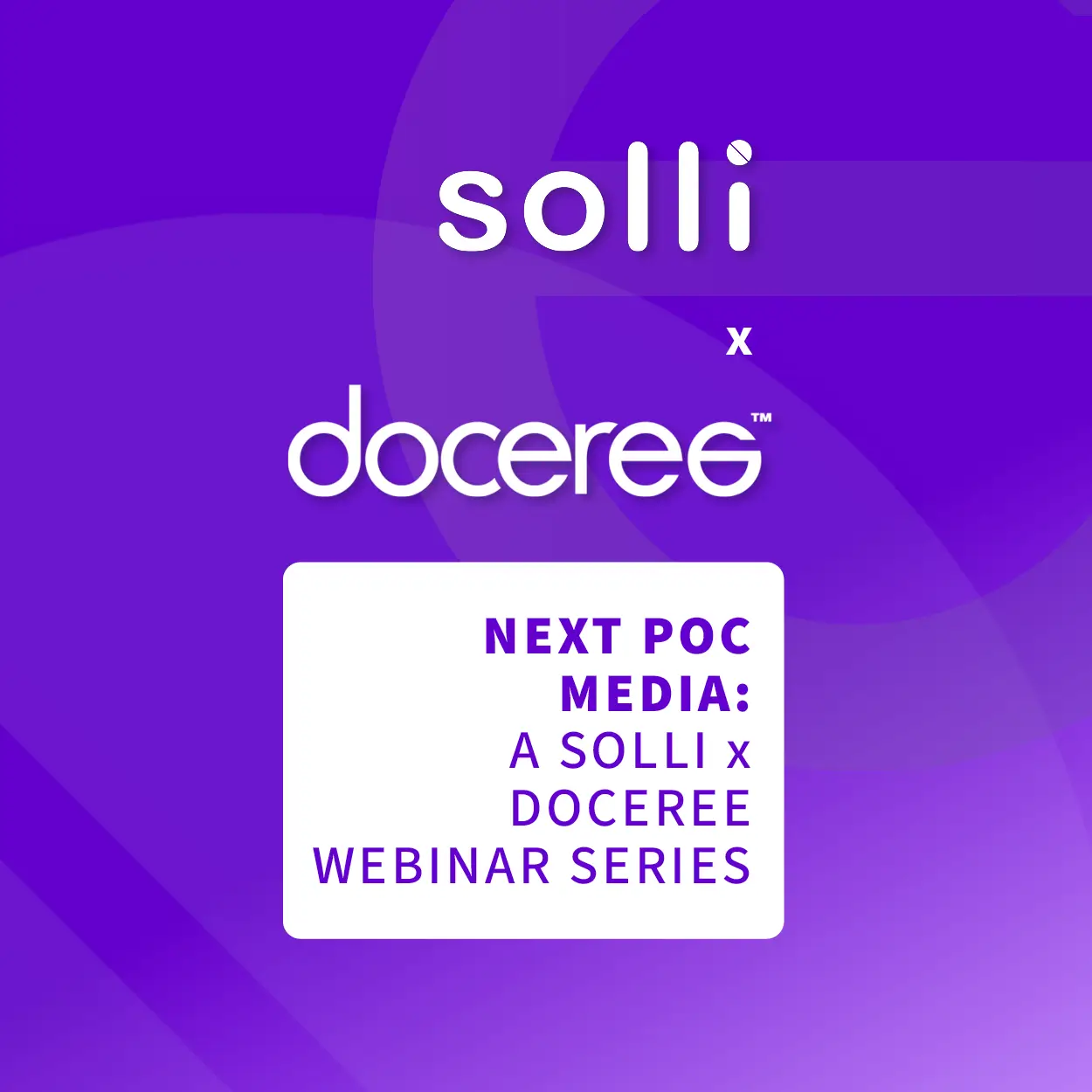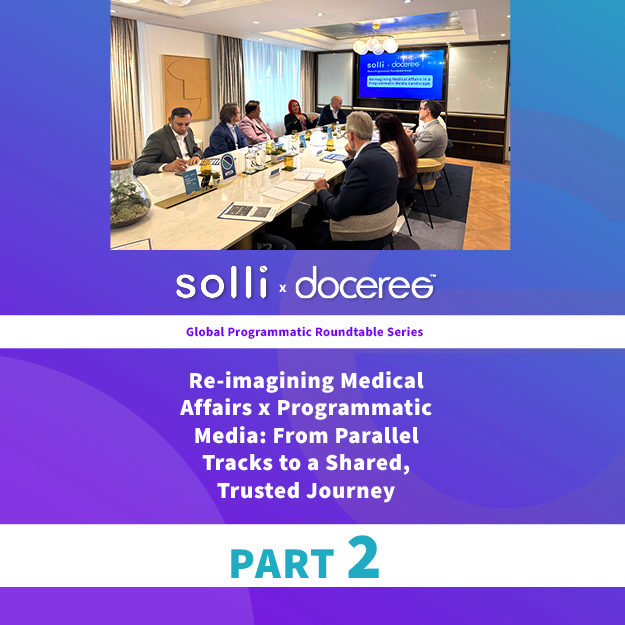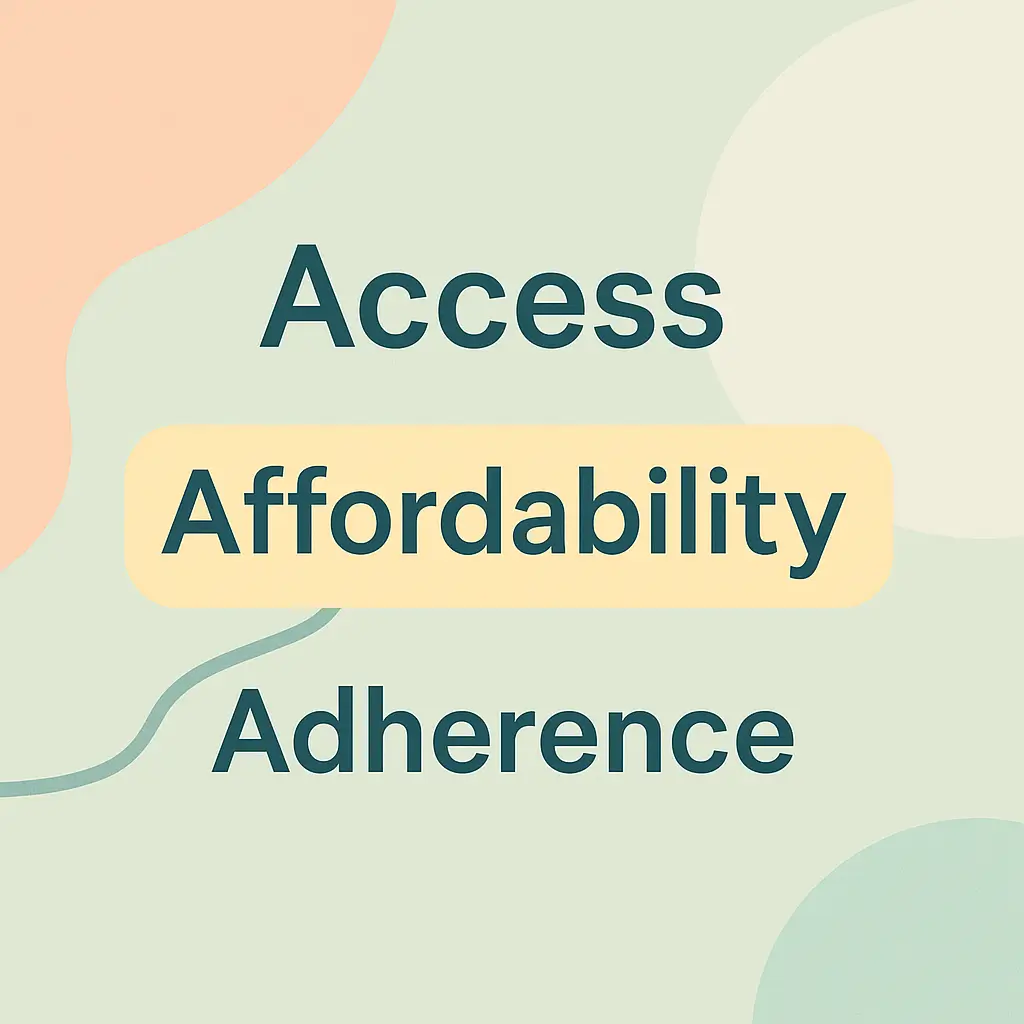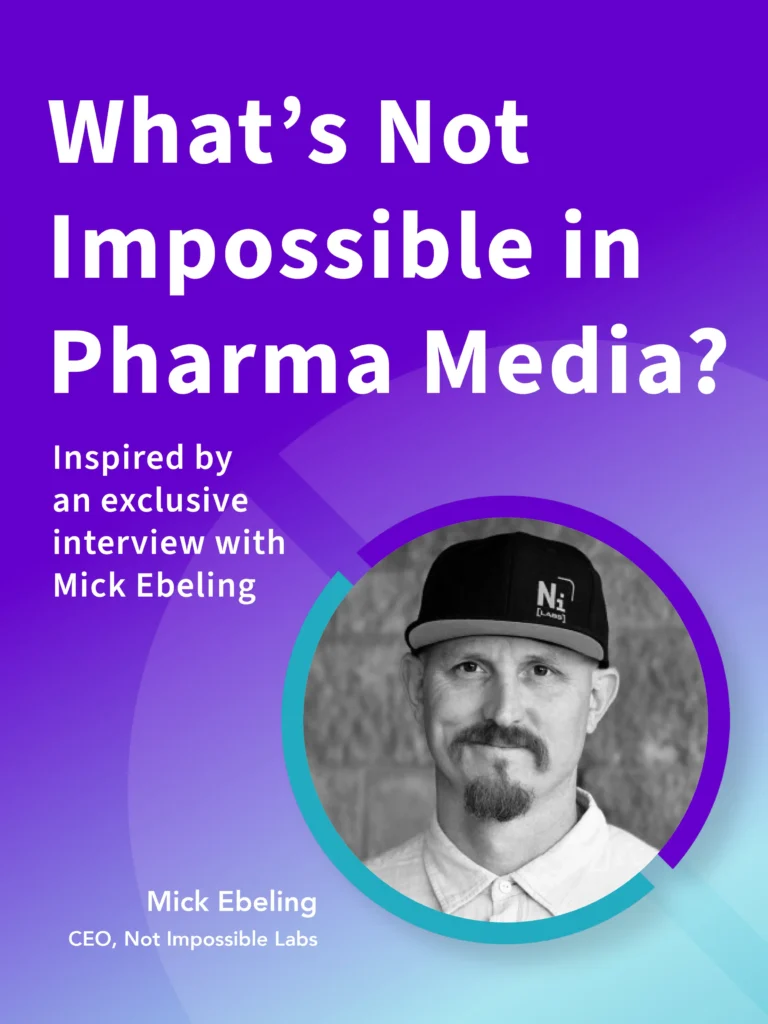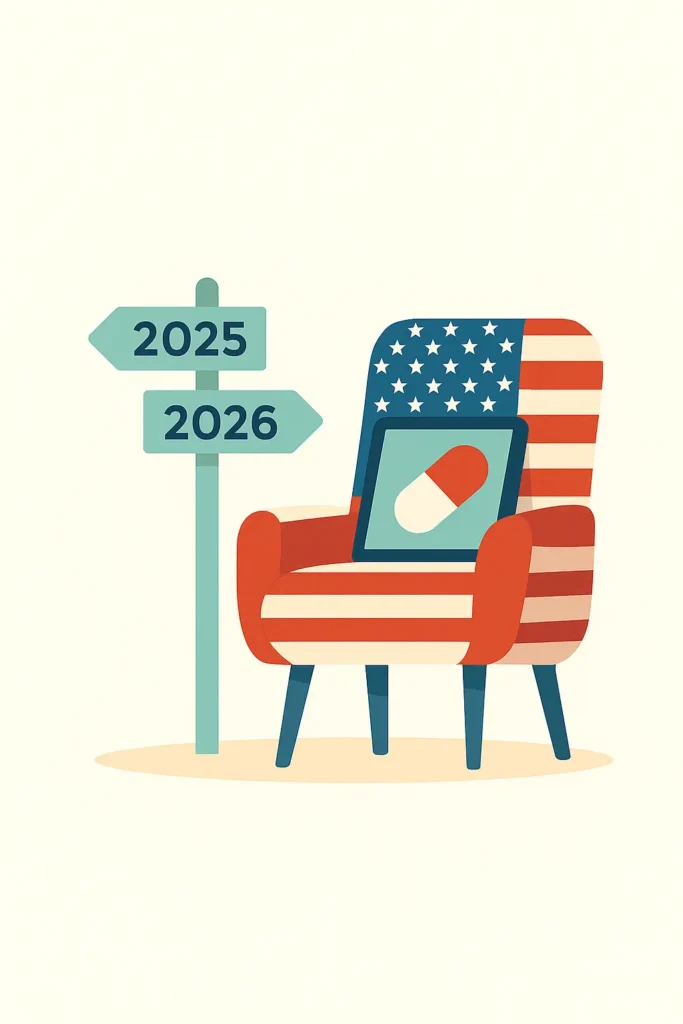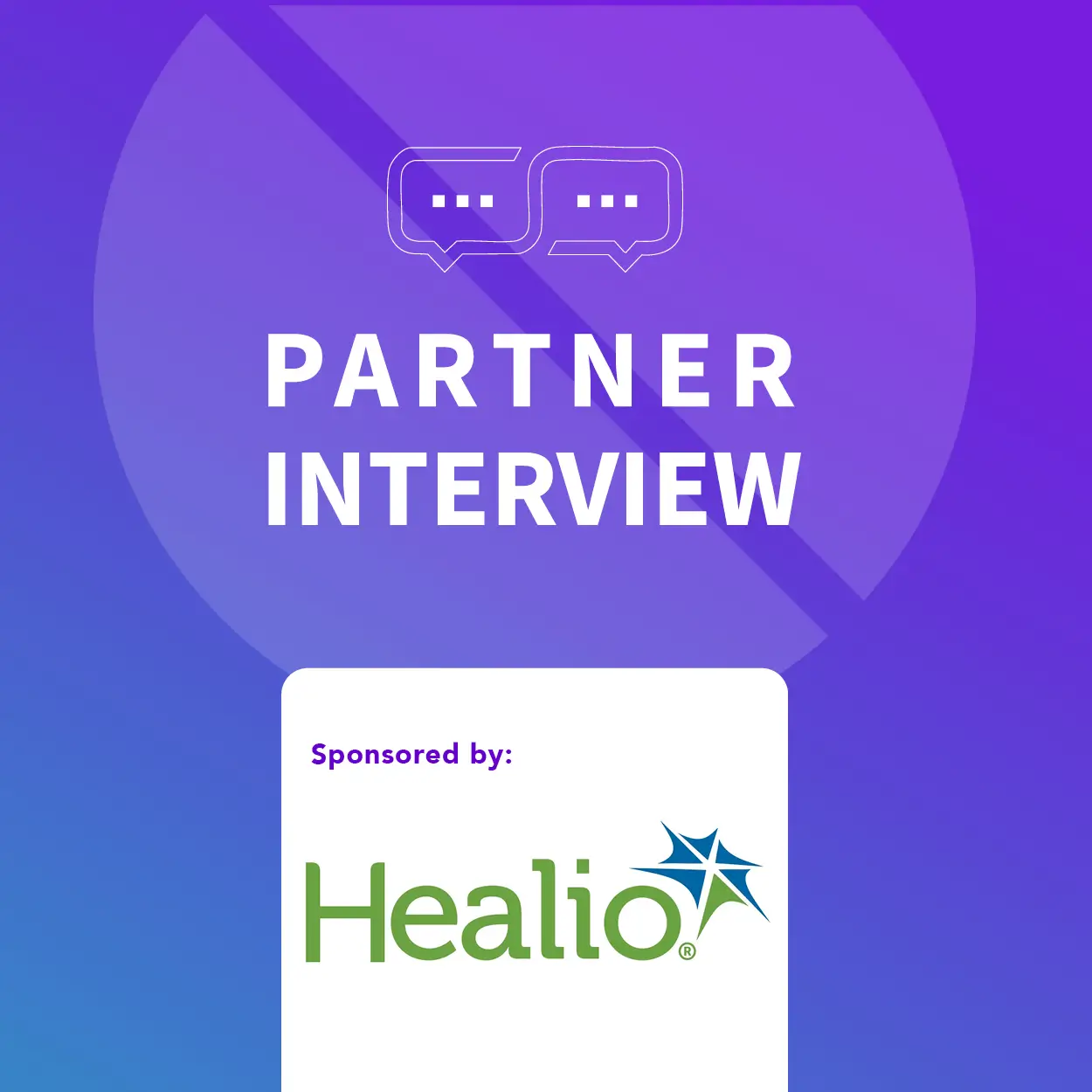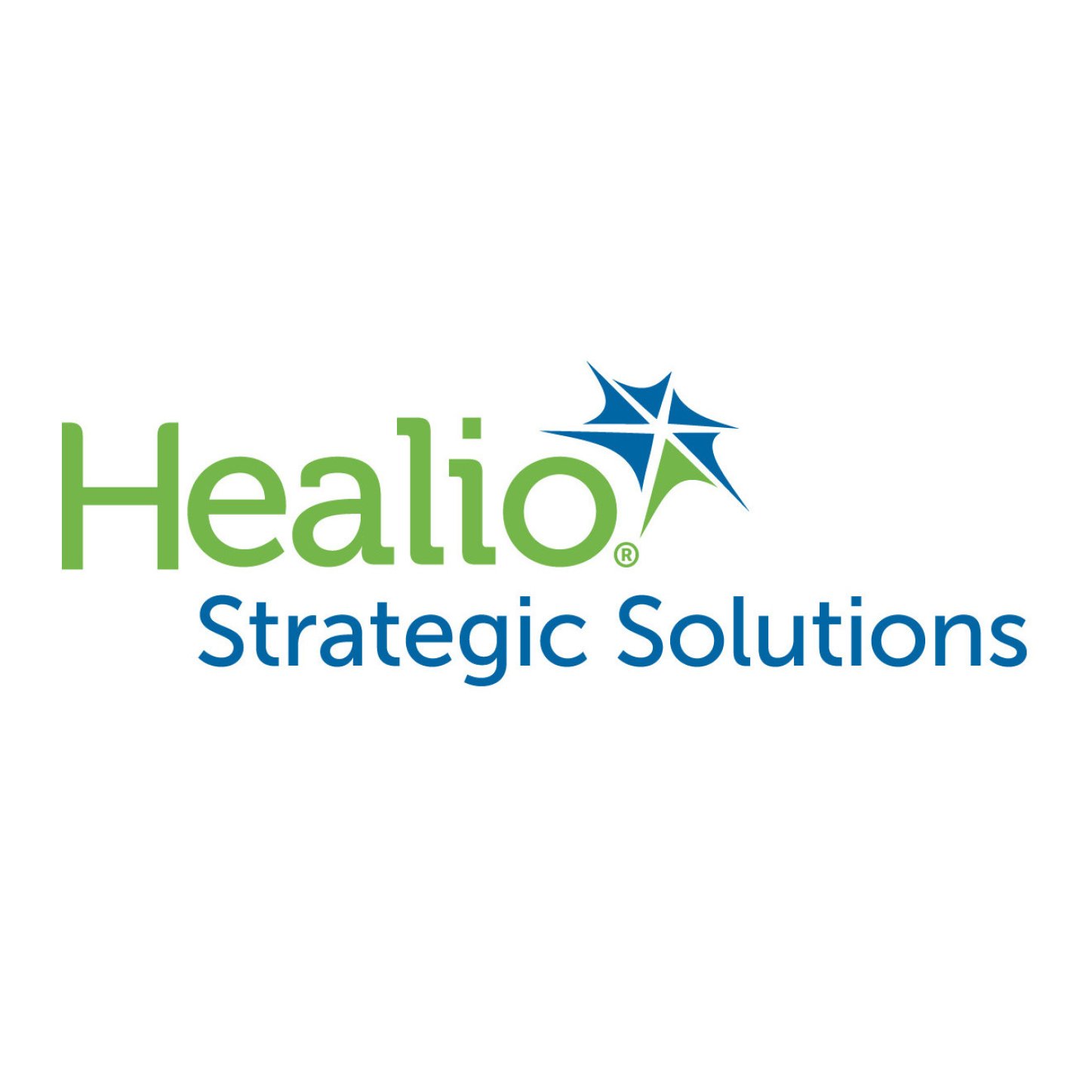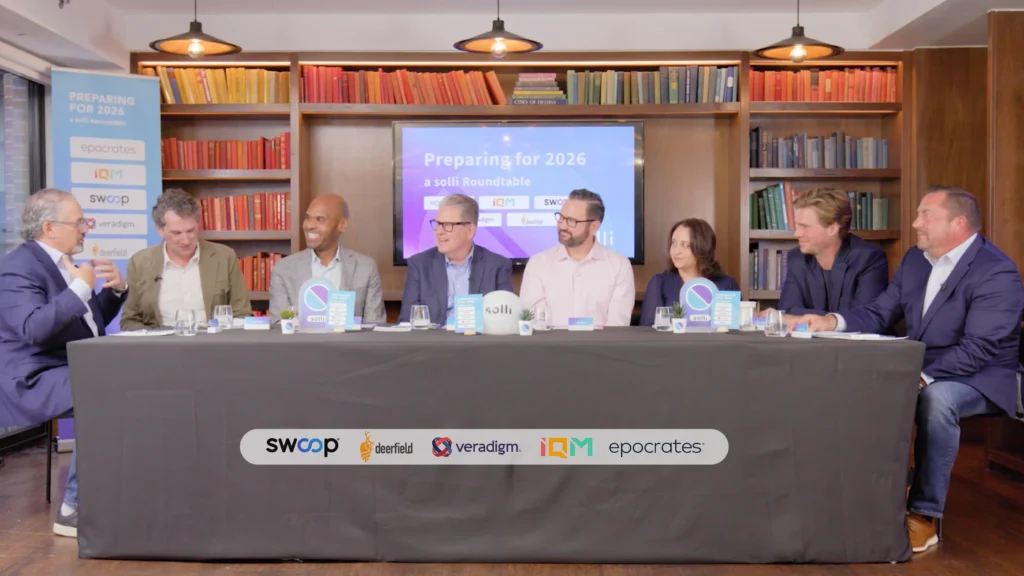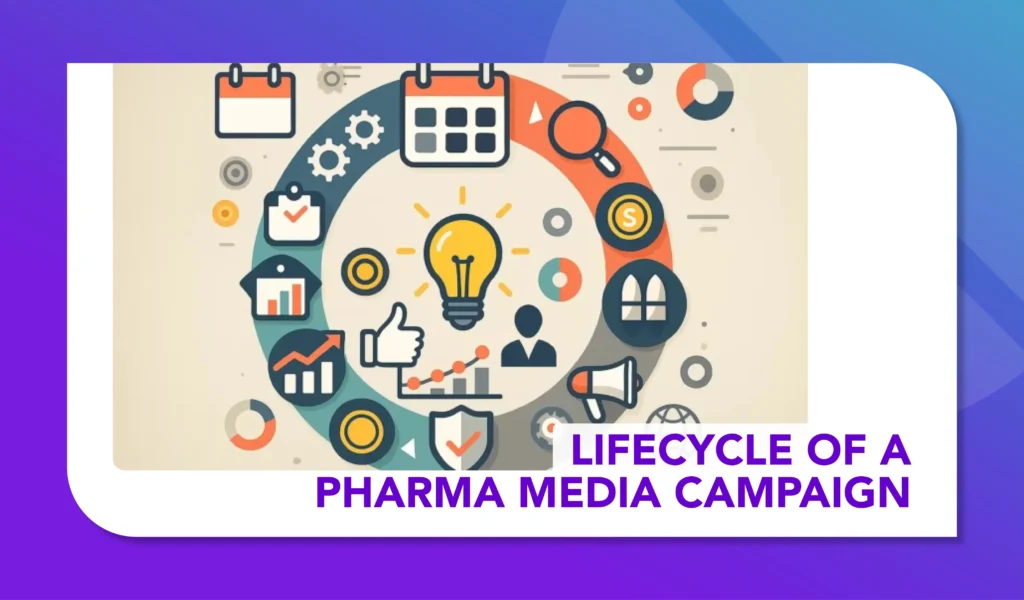Who Should Drive the Health Equity Conversation?
How Media and Marketing Can Close the Gaps in the US

Over the years, health equity has largely been thought of as a policy-driven issue. Yes, pharma, media and marketing organizations earnestly endeavored to create opportunities for all people to be treated equitably – to thrive physically and mentally, regardless of race, gender, income or sexual orientation. Too often, however, they deferred to public-health officials to set the terms of engagement.
Now, with public-health leadership in the U.S. undergoing a rapid transformation, questions about the motivating forces behind equity efforts have reemerged. Will it fall upon private industry to fill in the health equity gaps that were traditionally the domain of governmental and philanthropic entities? Or to put it more succinctly: Who’s gonna pick up the slack?
Members of the health media and marketing ecosystems seem very up to the challenge. “Within our industry, equity is still very much a priority, even if the political winds are changing,” says David Minkin, president and general manager of epocrates. “My take is that there’s never been a stronger feeling about the need for health equity than now.”
Mesmerize president and chief revenue officer Craig Mait agrees. “It’s crucial to continue the dialogue regardless of the overall climate,” he says, pointing to the collective toll of inequities that remain stubbornly resistant to repair. “Individuals who might have had some systemic distrust of the healthcare system are at a crossroads. Who will step in to help them find some answers?”
Central to so many of these discussions is an acknowledgement that health equity is more than a social responsibility. It’s a clinical imperative – and one that’s good for business. That marks a change from even a decade ago, when companies framed nearly all discussions around equity in moral/ethical terms.
“There are clearly altruistic and principled reasons for believing in and acting toward better health equity,” Minkin says. “But making sure that all communities receive essential care just makes business sense. Companies should want to engage with the largest possible pool of patients, right?”
The costs of inequity
The numbers are staggering. In 2022, Deloitte calculated that health inequities drove approximately $320 billion in annual healthcare spending. If those inequities aren’t addressed, the sum could rise to $1 trillion – or more – by 2040.
Then there’s the media landscape. A 2019 study conducted by PQ Media on behalf of the Association of National Advertisers’ Alliance for Inclusive and Multicultural Marketing revealed that, while minorities comprised nearly 40 percent of the U.S. population, only 5.2 percent of ad and marketing spend went to multicultural media.
With the understanding that a sizable and growing percentage of U.S. patients have diverse backgrounds has come the realization that health equity can’t be kicked down the road too much longer. Awareness and good intentions are a fine start, but they’re ultimately meaningless without action.
This can’t happen without a boost from health media players and platforms, which can come in any number of forms: Investment in inclusive clinical research, culturally sensitive messaging, focused outreach to historically neglected audiences and more. Anecdotally, executives report that healthcare marketers are prioritizing diversity in their brand messaging. But it’s going to take more than broader representation in pharma ads to reverse the troubling slide away from equitable access to healthcare.
This much is clear: Whether in the form of lesser quality of care or inability to afford treatment, inequitable access to healthcare services contributes to poorer health outcomes, including shorter life expectancies and greater susceptibility to chronic health conditions – and worse. According to the Centers for Disease Control and Prevention’s National Vital Statistics System, infant mortality rates for Asian, White and Hispanic people were 3.5, 4.5 and 4.9 per 1,000 live births, respectively, in 2022. For Native Hawaiians or Pacific Islanders, American Indian or Alaska natives, and Black people, those sums rose to 8.5, 9.1 and 10.9 per 1,000 live births.
It’s not as if disparities in care and outcomes have gone unnoticed or unaddressed. An executive order issued at the start of the Biden Administration instructed federal agencies to develop equity action plans (that order was effectively reversed in January). The Centers for Medicare and Medicaid updated and strengthened its plans to improve health equity for individuals covered by Medicare, Medicaid and the Children’s Health Insurance Program.

“Where are the results?”
But those disparities persist, despite huge investments over the last few decades. “The term ‘health disparities’ was coined in the 1990s and we’ve spent billions and billions every year addressing them,” notes Denyse Ferguson, CEO of PatientPoint Foundation. “Where are the results? We have to figure out a way to collaborate better.”
Ferguson’s organization was founded in 2022 to address those failures. As Ferguson said when it launched: “Covid-19 simultaneously exacerbated existing health disparities and introduced entirely new ones. The United States is desperately in need of new, innovative and more impactful approaches to addressing these issues at the root cause and at scale.”
The foundation set as its goal addressing health inequity from the bottom up, bringing health education and technology resources into the communities that need them most. The nonprofit started its work in Cincinnati and Columbus, Ohio, and has since expanded into Atlanta, San Diego, Houston and Washington, D.C., among other communities.
That gives Ferguson a different vantage point than many of her peers, whether they hail from the worlds of pharma or health media or nonprofits. To that end, she doesn’t view health equity through a political lens.
“What has happened for years is a human atrocity,” she says pointedly. “It’s easy to ignore [health inequity] if you don’t have proximity or exposure to it. But whatever side of the aisle you’re on, we’re all humans.”
That thinking underlies the foundation’s approach to attacking the problem at hand. By delivering health content to community settings – think houses of worship and senior centers – PatientPoint Foundation allies itself with the trusted leaders of those institutions. The credibility of the content, then, is affirmed by that association.
“Conversations land differently when they take place in a community setting,” Ferguson notes simply.
No lack of focus
So what role can other organizations in the health media and marketing realms play to eradicate health inequities? Mait points to successful engagements Mesmerize has helped engineer in communities hit hard by HIV, both on the treatment and prevention side. Dr. Richard Awdeh, founder and CEO of CheckedUp, reports his company is currently running brand campaigns targeting Black and Hispanic consumers across its point-of-care network.
He adds, however, that the market for such efforts has cooled: “While we continue to receive multicultural targeting requests, they have decreased compared to previous years.”
Awdeh stresses that he doesn’t view this decline as a sign that marketers have turned their focus away from equity-minded campaigns. “We don’t view it as a lack of focus,” he continues. “Our priority is to deliver more targeted education to patients exactly when and where they need it most.”
That’s a priority widely shared by organizations across the health-media spectrum. By way of example, health media specialist firms such as CMI Media Group have played an instrumental role by serving as the health-equity interlocutors for their broad client rosters. When CMI debuted its Inclusive Media Center of Excellence in 2022, it set client education among its primary goals. In the three years that followed, the group has pushed diverse targeted campaigns (in both the consumer and HCP spaces) and sought to quantify their impact.
Egbavwe Pela, CMI group SVP, engagement strategy and Inclusive Media Center of Excellence lead, says it was an easier sell than anticipated. “At first, the majority of the concerns came from me: Do people actually want this? Are they going to be receptive?,” he recalls. “To my surprise, most clients were already having those [health equity] conversations… They were seeing both the humanity of it and the business good of it.”
Where companies like CMI can help is with the nuts and bolts of effective campaign execution – getting clients from “here’s what you need to do” to “here’s how you actually do it.” That could come in many forms, from sharing lists of suppliers and platforms that reach diverse audiences to assessing the barriers stymieing the eradication of inequalities in specific disease states.
“Equity looks different from indication to indication,” Pela notes.
The need for greater equity extends to clinical trials, which have long struggled to enroll diverse populations. The first step, Mait believes, is to inform individuals from underrepresented communities that opportunities to participate in clinical research are open to them. Then it’s about making sure their research experiences are positive ones, in the hope that they report back to members of their communities.
A call to action
Given the change experienced in many facets of the U.S. healthcare ecosystem since the presidential transition in January, predicting the fate of programs designed to ensure health equity – predicting the fate of anything, really – is a fool’s errand. That said, if prevailing political headwinds prompt some healthcare-adjacent organizations to downplay their equity efforts, that could well create an opportunity for what Minkin calls “the true believers.”
“A lot of the big drug manufacturers are keen on talking about health equity and initiatives, but sometimes the follow-up isn’t there,” Mait adds.
It helps that the healthcare world has largely moved beyond performative bluster (“‘Oh, we have to hit these talking points about equity to signal our virtue,’” Minkin deadpans) and toward concrete action. “Without execution, always talking about health equity becomes a little bit of a boy-who-cried-wolf situation, which could create rebellion against it from the broader population,” he explains.
That’s why Minkin believes the tenor of industry pronouncements about the need to rid healthcare of systemic inequity needs to evolve. “People keep hearing it and think someone’s trying to shove it down their throat,” he continues. “Once it moves to actual execution and they see how much it benefits other people around them, that goes away.” In other words: less talk, more action.
That action needs to be decisive and focused. Over the course of the last 30 years, the healthcare industry writ large has been slow to embrace many of the digital era’s innovations, from internet marketing itself to social media. For healthcare organizations to truly impact the state of health equity, they need to set aside their traditional risk-aversion.
“Most companies we speak with want to do this and feel the need to do this,” Pela says. “The problem is that brands want to get it 100 percent right the first time out, everything from the creative to the messaging. As a result, they don’t even start… You have to take that first leap knowing you might make mistakes.”
Still, when asked if he’s optimistic about the ongoing push toward true health equity, Pela responds in a single word: Extremely.
“No matter what’s happening geopolitically, the boots on the ground continue to do the work to ensure that these conversations are happening and that lives are being saved across all populations.”
Mait, for his part, worries about the possibility that federal funding for Federally Qualified Health Centers, which provide primary care and other health support services in underserved communities, could dry up. But like Pela, he believes the worlds of medical media and marketing are up to the challenge.
“You’re seeing it online and you’re seeing more informed dialogue at the point of care and in pharmacies,” Mait says. “These are good first steps toward changing behavioral patterns around health. Nobody’s thinking of this as just a box they need to check.”

